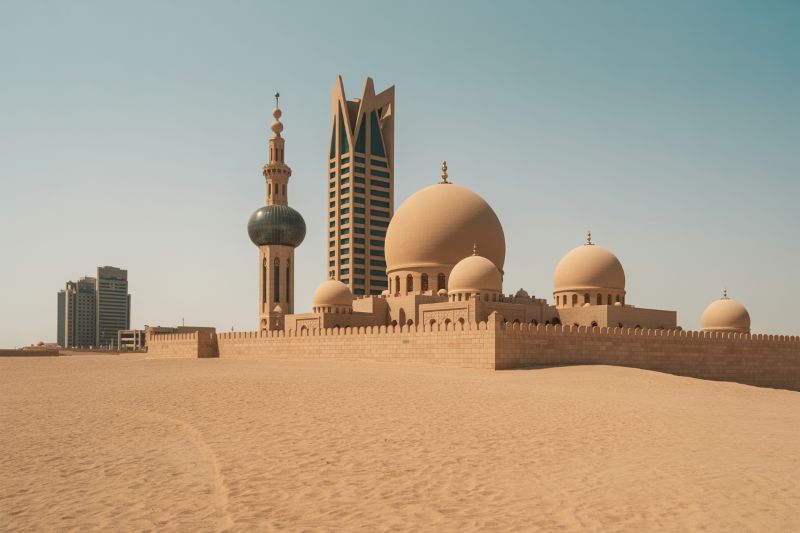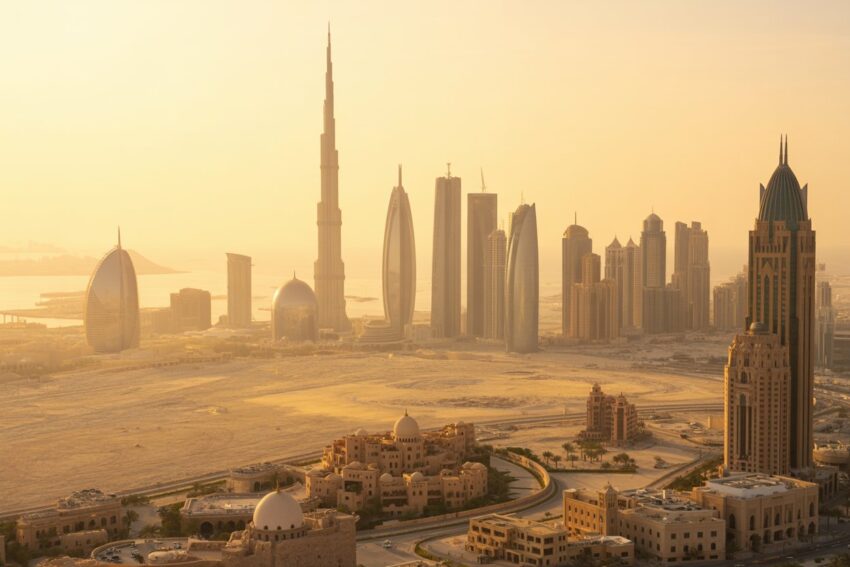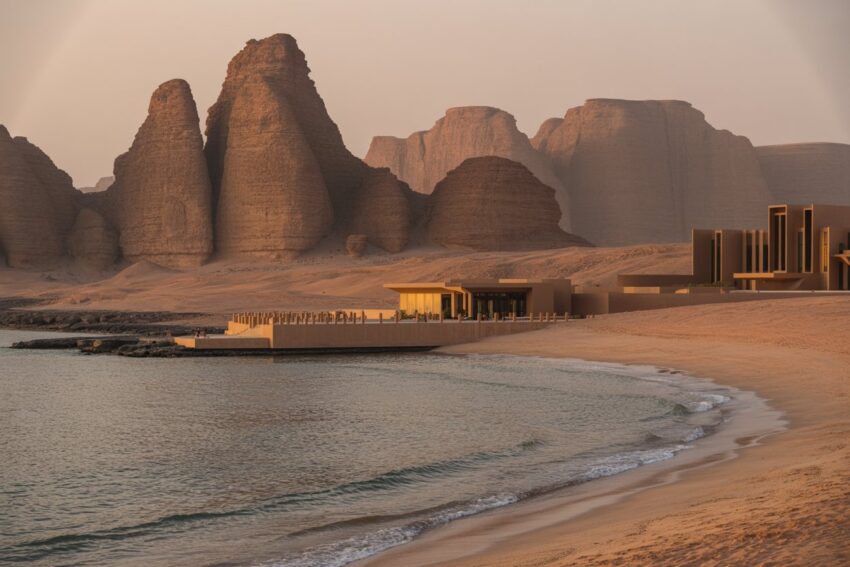Egypt Joins Kuwait, India, Indonesia and More in Making Saudi Arabia a Leading Global Tourism Destination, With Over Sixty Million Visitors and Significant Growth in 2025

Saudi Arabia’s tourism sector has emerged as a global powerhouse in 2025, with over sixty million visitors flocking to the Kingdom. This surge in tourist arrivals has been driven by key markets such as Egypt, Kuwait, India, and Indonesia, all of which have played a pivotal role in Saudi Arabia’s growth as a top international tourism destination. The Kingdom’s impressive growth, which reflects a substantial increase in both domestic and international travel, underscores the success of its strategic investments in tourism infrastructure, cultural offerings, and world-class events. With a 4% increase in tourism spending and a diverse range of attractions, Saudi Arabia is firmly establishing itself as a must-visit destination on the global tourism map.
Saudi Arabia’s tourism sector has experienced remarkable growth in the first half of 2025, with a record-breaking 60.9 million visitors from both within the Kingdom and around the globe. This surge in tourism reflects the country’s efforts to diversify its economy and become a key player in the global tourism industry. According to recent figures from the Ministry of Tourism, total tourism expenditure reached SAR161.4 billion ($43 billion), marking a 4% increase compared to the same period in 2024.
This upward trend is a clear indicator of Saudi Arabia’s success in attracting both international and domestic tourists, thanks to its rich cultural heritage, world-class infrastructure, and growing appeal as a leisure destination. The increase in spending highlights the Kingdom’s appeal as a desirable travel destination and suggests that the sector is not only growing but also becoming more sustainable and diversified.
Key Tourism Drivers and Trends
The Kingdom’s tourism sector continues to be driven by a variety of factors, with leisure travel remaining the largest segment. The average stay for international visitors was recorded at 6.7 nights, while domestic tourists stayed for an average of 18.6 nights, reflecting a growing interest in long-term stays and repeat visits.
Leisure activities, shopping, and sports tourism were the primary reasons for both international and domestic travel. Saudi Arabia’s modern infrastructure, luxury shopping malls, and vibrant cities such as Riyadh and Jeddah are drawing increasing numbers of tourists looking for unique experiences and world-class amenities. The rise of sports tourism, with events like Formula E and international football tournaments, has also contributed to the sector’s growth, attracting large numbers of international visitors.
Religious tourism remains one of the most significant contributors, particularly with the influx of Muslim pilgrims visiting Makkah and Madinah for Hajj and Umrah. The spiritual significance of these cities, coupled with the Kingdom’s ongoing investment in infrastructure to support religious tourism, continues to drive millions of visitors from around the world.
Family tourism has also seen a notable increase, with families flocking to Saudi Arabia for its wide range of entertainment options, including amusement parks, cultural festivals, and family-friendly resorts. This growing segment shows that Saudi Arabia is becoming an attractive destination for tourists of all ages.
Leading Destinations Within Saudi Arabia
Makkah and Madinah remain the top destinations for international visitors, with their significance as the holiest cities in Islam drawing millions of pilgrims every year. These cities continue to benefit from significant investments in infrastructure, ensuring that they remain central to Saudi Arabia’s tourism strategy.
For domestic tourists, Riyadh and the Eastern Province are the most visited regions. Riyadh, as the capital city, offers a blend of traditional culture and modern attractions, while the Eastern Province is famous for its coastal beauty and rich history. Together, these regions provide a wide range of experiences, from cultural immersion to leisure and relaxation.
Strong International Source Markets
Saudi Arabia has become a prominent destination for tourists from across the globe. The top source markets for inbound tourism in the first half of 2025 were Egypt, Pakistan, and Kuwait, with visitors from these countries making up a significant portion of total arrivals. The Kingdom’s appeal to these markets is bolstered by shared cultural and religious ties, as well as its proximity.
India and Indonesia also ranked highly among Saudi Arabia’s international visitors, reflecting the large diaspora communities in the Kingdom and the increasing religious and cultural connections. This broad geographic reach is a testament to Saudi Arabia’s growing stature as a global tourism destination.
Accommodation Trends and Preferences
In terms of accommodation, hotels remain the most popular choice, accounting for 43% of all bookings. Saudi Arabia’s hotel industry has seen impressive growth, with many international hotel chains opening properties in key cities, offering visitors world-class facilities and services.
Private residences and furnished apartments have also become a popular option for tourists, especially those seeking longer stays or a more homely atmosphere. This trend is indicative of Saudi Arabia’s evolving tourism landscape, as visitors increasingly choose to immerse themselves in local life and enjoy more flexibility during their stay.
Future Outlook for Saudi Arabia’s Tourism Sector
The tourism sector in Saudi Arabia is poised for further growth as the Kingdom continues to invest in its infrastructure and tourism offerings. With plans to attract even more international tourists, particularly from Asia and Europe, Saudi Arabia is positioning itself as a hub for tourism, catering to a wide array of interests, from cultural and religious tourism to sports, leisure, and family vacations.
As the Kingdom continues to develop its tourism sector, it is set to create more jobs, stimulate local economies, and strengthen its global presence. The country’s vision for the future remains focused on sustainability, innovation, and diversifying its economy, ensuring that tourism remains a key pillar of its economic growth.
Egypt, Kuwait, India, Indonesia, and other key markets have helped Saudi Arabia attract over 60 million visitors in 2025, driving significant growth and cementing its position as a leading global tourism destination.
Saudi Arabia’s ability to attract millions of visitors, combined with its increasing appeal as both a destination and a business hub, signals a bright future for the Kingdom’s tourism industry, setting the stage for continued success in the coming years.
The post Egypt Joins Kuwait, India, Indonesia and More in Making Saudi Arabia a Leading Global Tourism Destination, With Over Sixty Million Visitors and Significant Growth in 2025 appeared first on Travel And Tour World.






